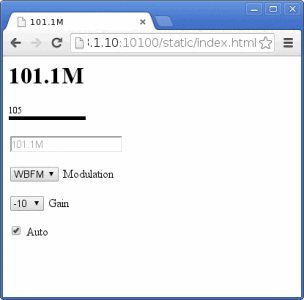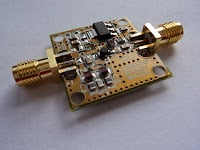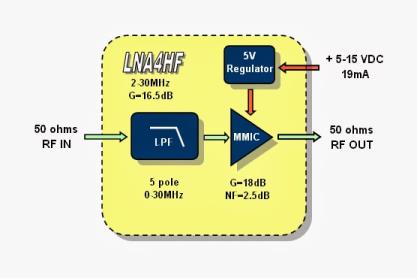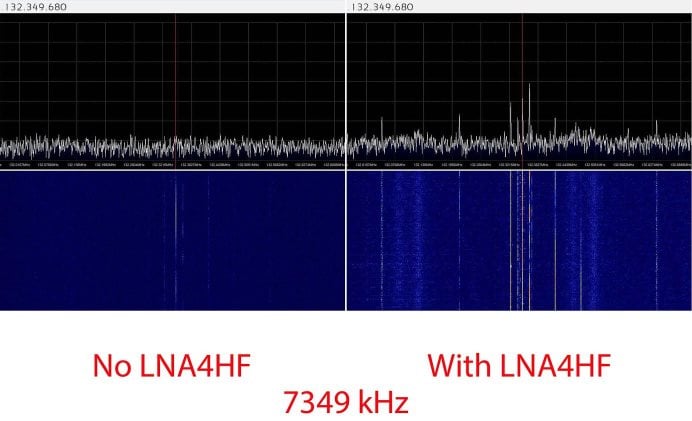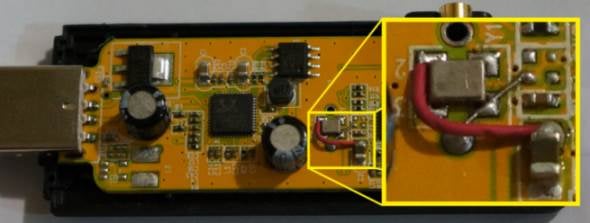RTL_FM_Python: An API and web interface for controlling RTL_FM
Th0ma5w has released his rtl_fm_python program which is a modification of rtl_fm. The added feature is an API and web interface which allows interaction with a running instance of rtl_fm. The API and web interface allows you to change the frequency, modulation and gain settings while rtl_fm is running. This may be useful for remote devices running rtl_fm such as a Raspberry Pi.
